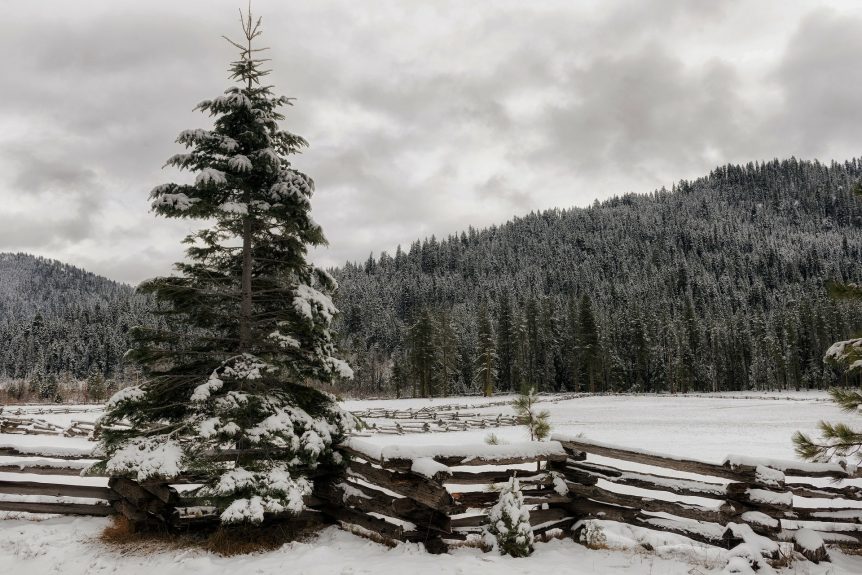Thanks to several storm systems to begin the calendar year, California’s current snowpack is now on pace to match a historic record. The Department of Water Resources (DWR) reported on the overall snowpack at the third manual snow survey of the water year. The manual survey at Phillips Station recorded 116.5 inches of snow depth and a snow water equivalent of 41.5 inches. The figures represent 177 percent of the average at the location for this point in the season. Statewide, the snowpack is even more robust at 190 percent of the March 3 average with a snow water equivalent is 44.7 inches.
“This snowpack actually rivals 1982-83 which is the largest snowpack on record. In fact, the Southern Sierra is actually still outpacing 1983 to date, as of this morning,” said Sean de Guzman, DWR’s Snow Surveys and Water Supply Forecasting Unit Manager. “That’s still with more snow on the way and another month of accumulating snow before we see that peak snowpack.”
Overall, the current snowpack is in a strong position with approximately one month remaining in the traditional wet season. However, there are significant differences between regions. The Southern Sierra snowpack is at 209 percent of the April 1 average. The Central Sierra is at 175 percent. The snow level in the Northern Sierra, which feeds into California’s largest two reservoirs, is reported as 136 percent of the April 1 average.
FORECASTING WHAT A HEAVY SNOWPACK MEANS FOR WATER SUPPLIES
The current snowpack sets the stage for a strong year for water storage. de Guzman said that water supply forecasts look good, especially in the Central and Southern Sierra. However, the water supply forecasts for Lake Shasta and Lake Trinity are not quite as optimistic. DWR will continue to provide updated runoff forecasts as conditions change.
“The precipitation that California has received in the recent days, combined with the nine atmospheric rivers during December and January have really helped ease some of those drought impacts in different parts of the state,” de Guzman explained. “We are hopeful that we will see more cold storms to add to our snowpack for the next month and help set up a long, slow melt period into spring.”











